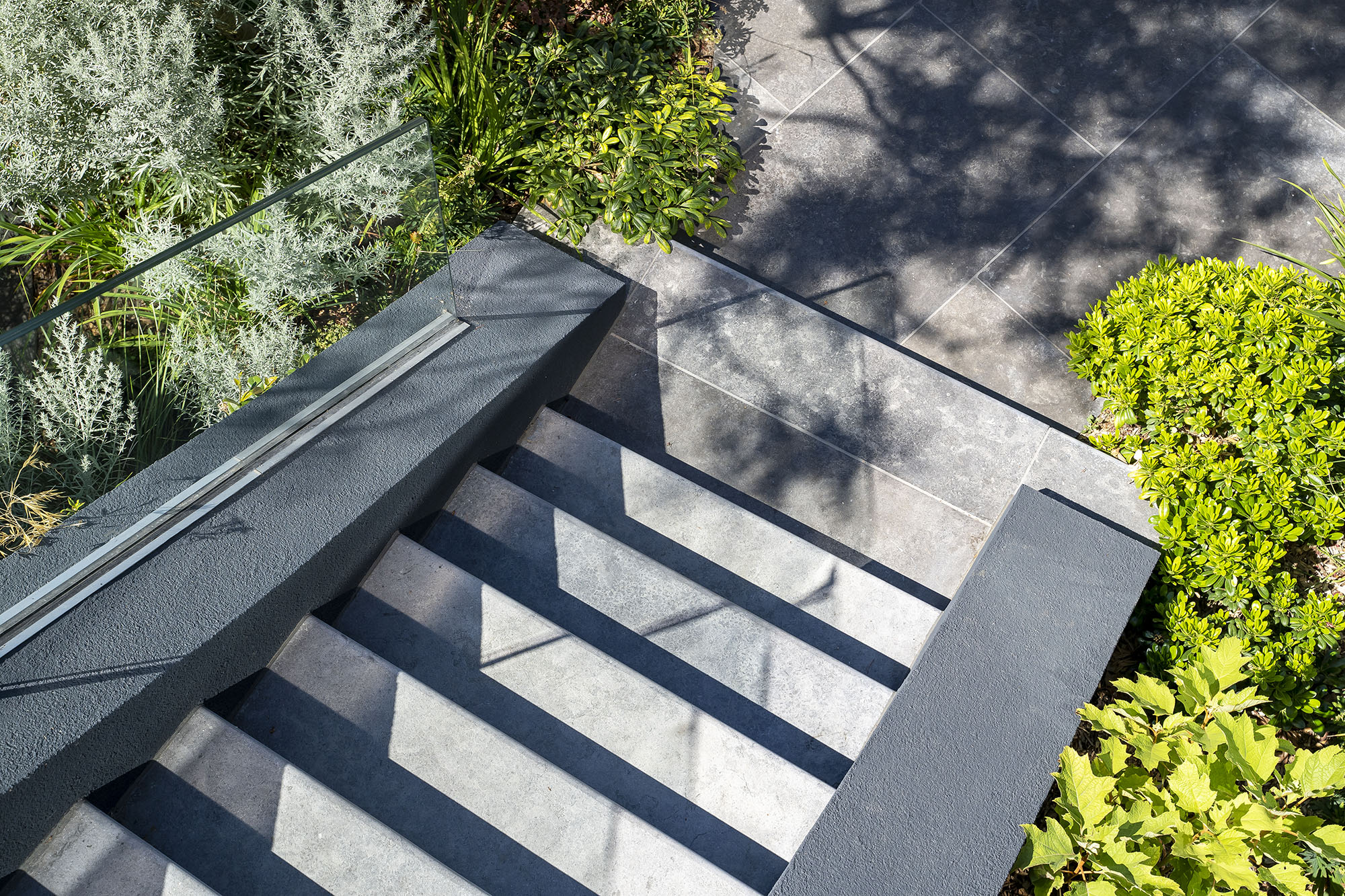
Creating a practical and inviting outdoor space often comes down to the finishing details that tie the design together. One feature that’s sometimes overlooked—but makes a significant difference in both safety and appearance—is the choice of material for your step treads. These smooth, level surfaces provide reliable footing while adding a refined touch to patios, garden paths, or entrances.
In this article, we’ll explore why natural stone step treads are a valuable addition to any landscape design. From their strength and weather resistance to their clean, architectural finish, they combine long-lasting performance with a sense of quality that enhances every outdoor setting.
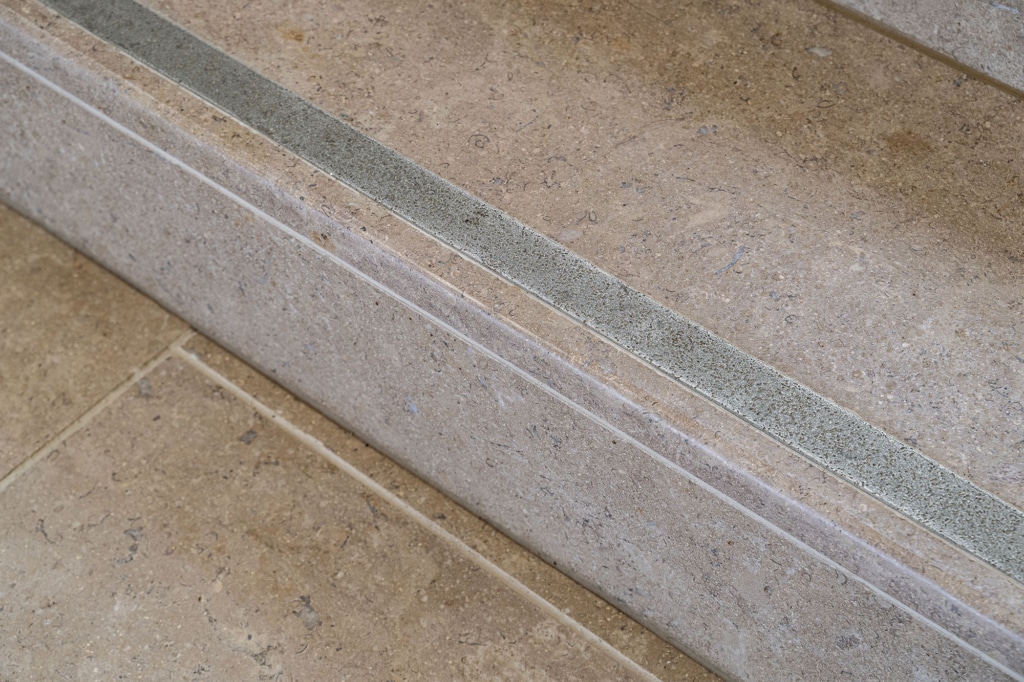
One of the key reasons natural stone step treads are chosen over alternative materials is their outstanding strength and durability. Stones such as granite, limestone, sandstone, and slate are trusted for coping with heavy foot traffic, resisting everyday wear, and maintaining their appearance in outdoor settings year after year.
Safety is just as important when planning steps. Selecting treads with a textured surface or anti-slip finish helps reduce the risk of slipping, particularly in wet or icy weather. With the right treatment, you get dependable grip and security without compromising on architectural style — making stone treads ideal for pool surrounds, entrance steps, or garden terraces that see frequent use.
In areas exposed to heavy rainfall, or where children and older adults regularly walk, choosing a naturally slip-resistant stone or specifying a flamed, brushed, or sandblasted finish provides extra reassurance and long-term safety.
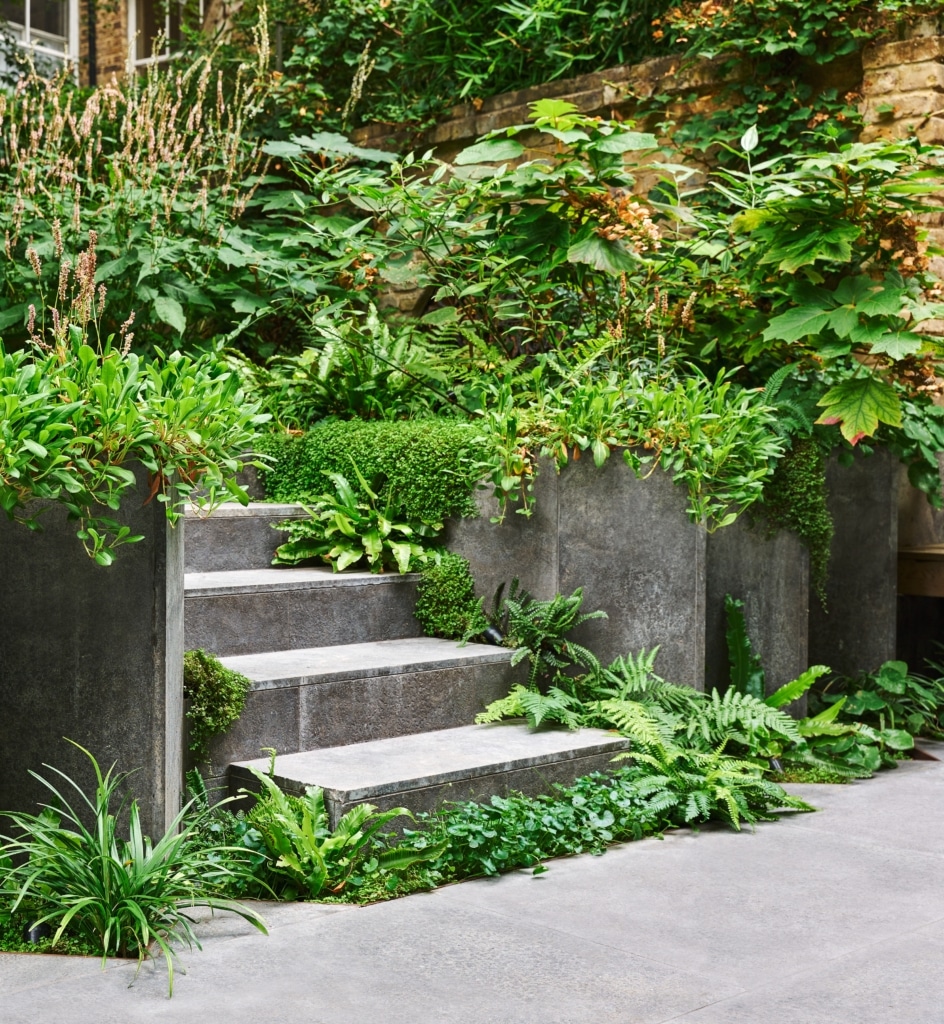
Beyond their practical strengths, natural stone step treads add refinement and character to any outdoor space. With a wide choice of colours, textures, finishes, and edge profiles, they give designers, landscapers, and homeowners the flexibility to create a look that feels truly individual.
From the subtle grey tones of Tundra Limestone to the striking veining of Jura Beige or the inviting warmth of Mint Sandstone, each stone type offers its own unique story. The natural variation within every slab means no two steps are ever identical, ensuring a genuine, one-of-a-kind finish that enhances both traditional and contemporary landscapes.
Stone treads also open up a range of creative design options. You can maintain a seamless look by matching them to your paving, or introduce contrast through a different colour or finish to create a distinctive visual feature — perfect for entrances, terraces, or curved garden paths that deserve a touch of individuality.
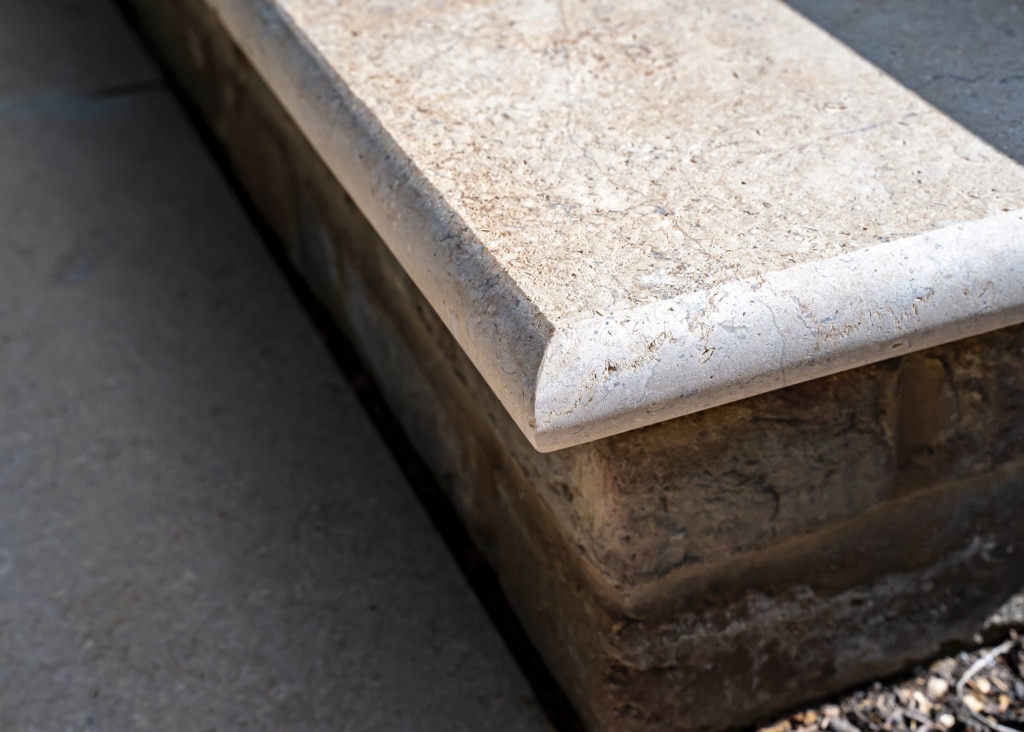
Carefully chosen stone step treads can act as a unifying feature, bringing together every part of your outdoor design. Natural stone is incredibly versatile, working equally well in traditional cottage gardens and clean, modern landscapes. Whether your property features rustic brickwork, contemporary glazing, or timber detailing, there’s always a stone option that complements and connects the overall look.
Each tread can be customised in size, edge profile, and thickness to meet the specific needs of your project, ensuring a precise fit and cohesive finish. In tiered gardens, retaining walls, raised patios, or pool surrounds, this flexibility makes stone an ideal choice. By adding risers and matching paving, you can create a complete staircase design that flows naturally and seamlessly with the rest of the space.
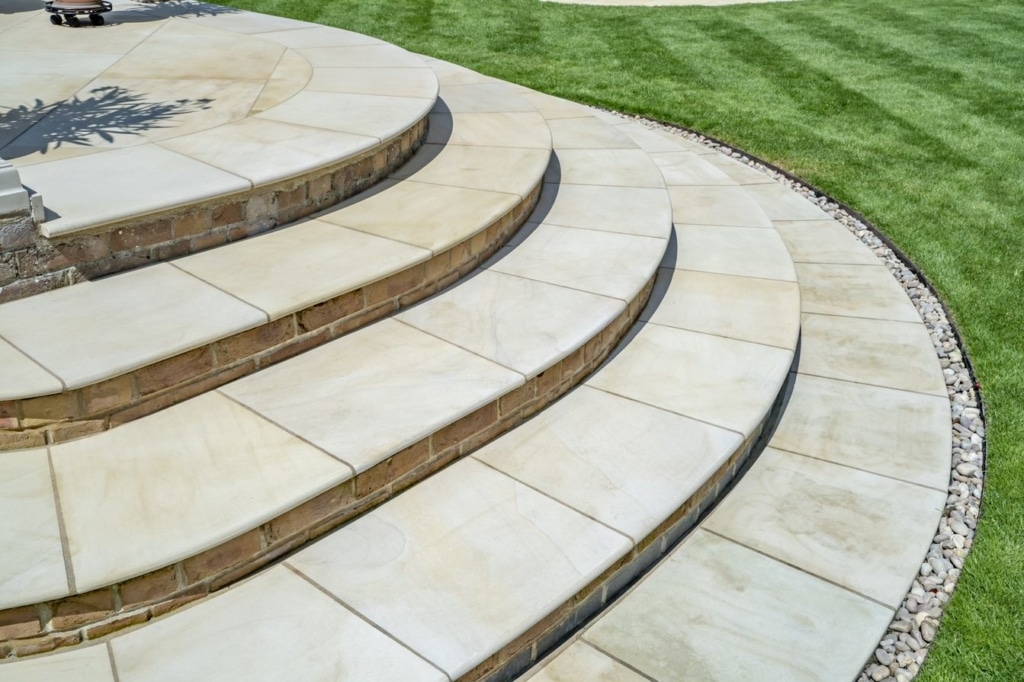
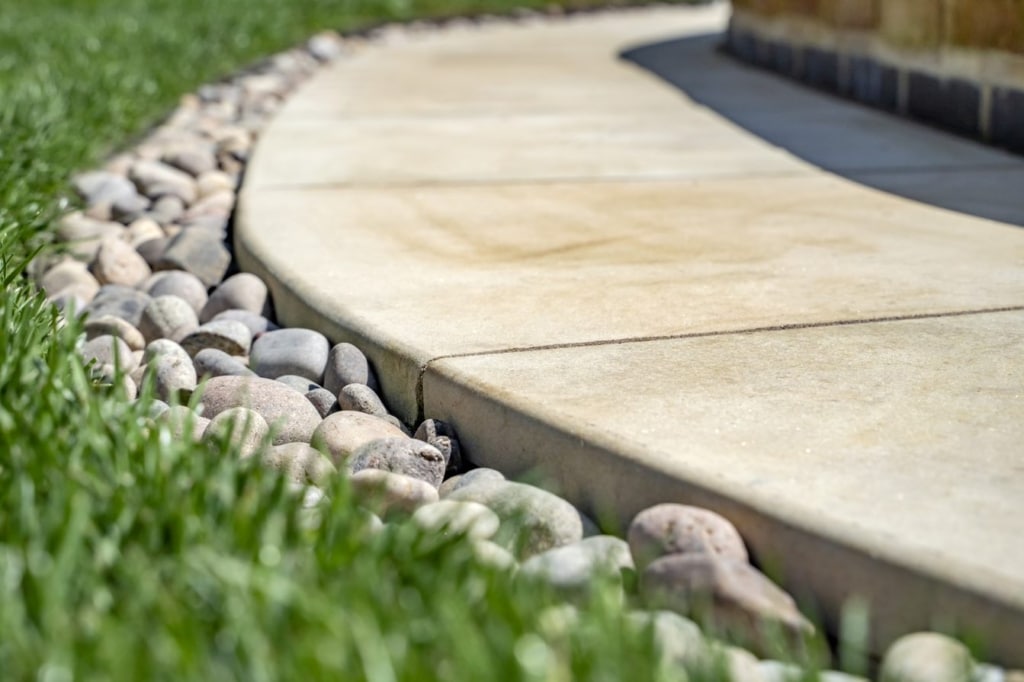
Natural stone step treads are built to last. Unlike concrete or composite materials that can crack, fade, or lose their colour over time, stone naturally ages with grace and requires very little maintenance. In most cases, a simple brush and rinse are enough to keep them looking clean and well-kept.
Their natural resistance to frost, UV exposure, and temperature changes means stone steps retain their strength and appearance year after year, even in challenging outdoor conditions. This durability makes them a reliable and long-term investment for any pathway, garden, or entrance.
To maintain their quality, it’s worth using cleaning and sealing products designed specifically for natural stone. Rob Parker’s Best offers a trusted selection of treatments that protect against stains, enhance colour, and make general upkeep effortless. With the right care, your stone step treads will continue to look elegant and durable for decades.
Every outdoor project has its own requirements, which is why bespoke stone step treads are a popular choice for both homeowners and landscapers. At Stoneworld, we cut step treads to exact dimensions and offer a wide range of finishes and edge details — including bullnose, pencil round, chamfered, and square — so they can be tailored to your design.
Whether you’re installing grand entrance steps, small garden staircases, or wide terrace steps, customised treads make sure everything fits seamlessly and looks purposeful. This flexibility is particularly valuable when working around unusual layouts, restricted spaces, or existing architectural features.
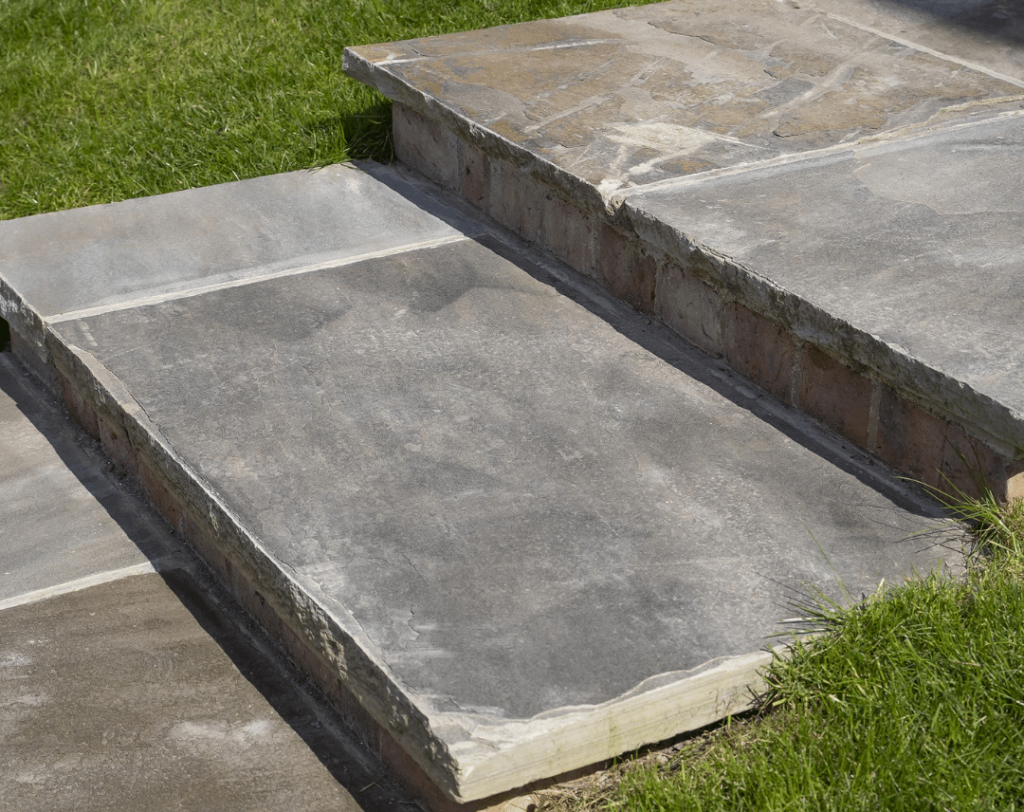
Blending different stone types or finishes is an effective way to introduce personality and depth to your design. Many homeowners choose the striking contrast of dark granite or limestone treads paired with pale paving, while others combine smooth, honed surfaces with subtly textured edges to add both grip and visual balance. Mixing materials such as sandstone, limestone, and granite can help define steps, highlight transitions, or bring a contemporary edge to a classic layout.
The key is restraint. Too much variation can make a design feel busy, but a carefully chosen mix of tones and textures creates harmony and distinction. Our team can guide you through selecting complementary combinations that enhance both the appearance and practicality of your space.
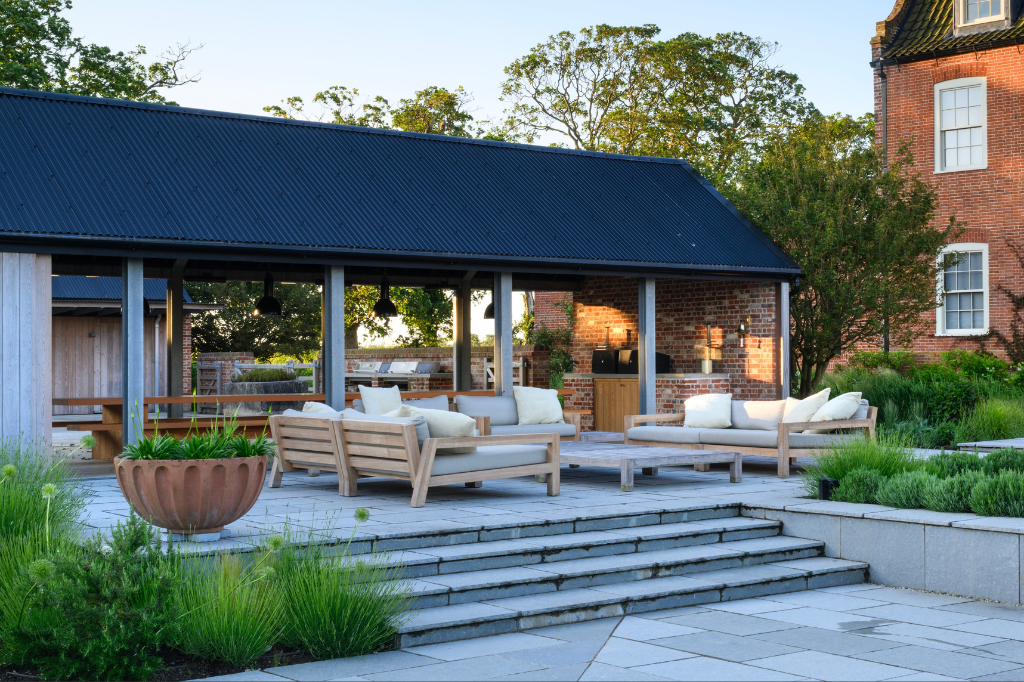
The thickness of your stone step treads plays a key role in both safety and durability. For most residential projects, a thickness of 40mm is a reliable standard — strong enough to handle regular foot traffic while still looking elegant.
In areas with heavier use, such as public buildings or external steps exposed to constant wear, opting for 50mm or more provides extra strength and reassurance. Thicker treads are also advisable where steps are wider or unsupported along their length, as they resist flexing and reduce the risk of cracking over time.
Choosing the right thickness isn’t just about practicality — it also affects appearance. Slimmer profiles create a sleek, contemporary feel, while more substantial treads emphasise solidity and traditional character. At Stoneworld, we’ll guide you to the best option so your steps are both safe and visually in keeping with the overall design.
No — natural stone step treads should never be laid directly onto soil. Over time, dirt shifts with moisture, frost, and foot traffic, which quickly causes steps to become uneven, loose, or unsafe.
For a stable and long-lasting installation, step treads must be placed on a proper foundation. In most outdoor settings, this means:
Laying stone directly on soil increases the risk of cracking, rocking, or settlement, and can significantly reduce the lifespan of the treads. Preparing a stable, well-drained base ensures the steps remain level, secure, and safe to use for years to come.
In the realm of landscape design, every element plays a vital role in crafting a cohesive and visually stunning space. Stone step treads are no exception—offering long-term functionality, design versatility, and natural beauty.
If you’re considering natural stone step treads for your project and need help choosing the right type of stone or finish, our team is here to help. We’re happy to offer advice on design, installation, maintenance, and bespoke fabrication to ensure your project is a success.